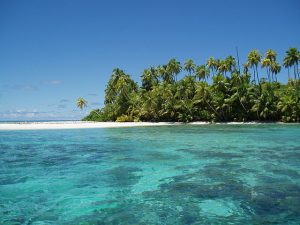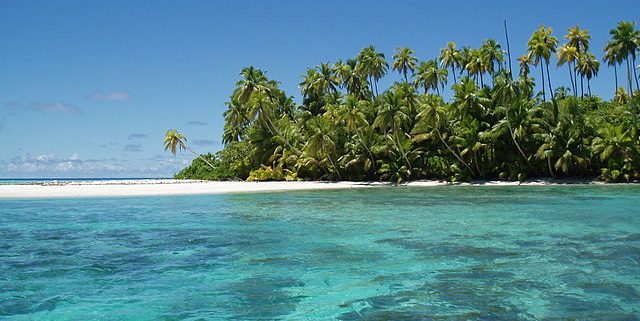Fishy Behavior: The Effect of Local Fishing on Coral Reef Fish Behavior
By Dani Ferraro, RJD student
In the Indo-Pacific, coral reef fish have encountered behavioral changes due to increasing local fishing efforts. The rise of commercial fishing and local fishing have caused a change in species composition, abundance, and behavior of species inside protected areas. In an experiment done by Fraser A. Januchowski-Hartley et al, two target species were monitored in both marine reserves (Chagos) as well as well-fished areas in the Philippines. They measured the correlation between fishing pressure, fish size, habitat complexity and life-history stage against the fish flight initiation distance (FID). This yielded a conclusion that fish FID increased with outside fishing pressure in both locations, implying that commercial fishing affects adjacent areas as well.
When studying the consequences of fishing upon coral reef fish populations, it’s important to consider both the long-term and short-term effects upon the ecosystem. Both commercial fishing and local fisheries affect the biomass, abundance, structure and function of fish populations, as well as the biodiversity (Estes et al., 2011). Increased fishing rates paired with species-specific targeting results in a devastating overfishing problem, especially when considering coral reef species. These species are also targeted indirectly with the release of keystone invasive species, such as urchins and lionfish. A result upon coral reef fish behavior is demonstrated through “wary” behaviors, such as remaining closer to shelter or faster reaction time to predators.
Although marine reserves offer higher protection levels for species, allowing them to rebuild their stocks, a perhaps more telling result is the decrease in flight behaviors of coral reef fishes. Those fish that have spent a greater period of time in marine protected areas show less wary behavior than those under the constant threat of fishing. This more confident fish behavior bleeds over the lines of marine protected areas into the adjacent zones. However, this also lends to the idea that the pressure of commercial fishing could impact ecosystems protected by marine reserves. “Fishing the line” refers to the reduction in both abundance and biodiversity along the boundary of marine protected areas due to increased fishing efforts. The flight initiation distance (FID) measures how close an observer or predator can get to an animal before it flees. This experiment analyzes the influences of anthropogenic and environmental factors on an ecosystem and the range of fish behaviors with proximity to fishing pressure in both marine protected areas and high pressure areas.

The Chagos Archipelago is the world’s largest marine reserve in the world, with an area of 250,000 square miles. Image Source: Wikimedia Commons
In the experiment by Januchowski, there was a positive correlation between fish size and increases in FID found in fished areas. In the protected areas in Chagos, Januchowski iterated that there was a significantly lower FID than those of other locations. However, while the original intent was to study the relationship between fishing pressure and fish behavior, measured in FID. However, they found that the two were related within protected marine reserves embedded in “fished seascapes.” Coral reef fish within these areas displayed high levels of wary behavior around humans and predators with a parallel increase in fishing pressure outside of these zones. This finding has implications for the future roles of marine reserves for fish species conservation, especially in regard to distribution of fishing efforts.
References
Estes, J.A. et al., 2011. Trophic downgrading of planet Earth. Science 333, 301–306.
http://dx.doi.org/10.1126/science.1205106
Januchowski-Hartley, Fraser A, Nicholas A.J. Graham, Joshua E. Cinner, and Garry R. Russ. “Local Fishing Influences Coral Reef Fish Behavior inside Protected Areas of the Indo-Pacific.” Biological Conservation 182 (2014): 8-12. Print.




Leave a Reply
Want to join the discussion?Feel free to contribute!